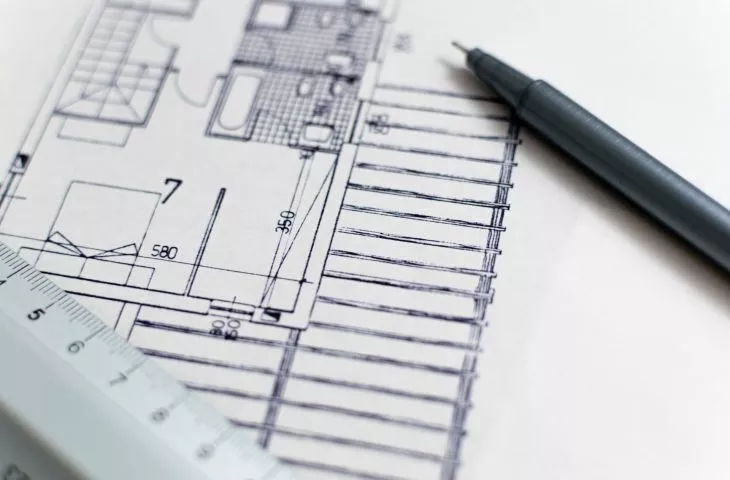The space we create in the pages of the Architecture and Business monthly magazine and portal is a place open to different perspectives on the world, to discuss the architectural profession, aesthetics and ethics. Today we give the floor to Pavel Vlad. Kowalski - an active architect and president of SARP "Wybrzeże", who shares his insights on ethical architecture. We encourage you to join the discussion.
The word "ethics" [Gr. ethos fixed abode and custom understood together] is inextricably linked to architecture. Ethics, from which moral rules are derived, is the basis for the creation of man's living environment, and therefore his architecture. Moral rules, flowing from the custom associated with the place where people live, established the law. Place and custom are in an inseparable relationship and form each other. They are determined by the nature of the location of the place, geographical conditions, the type of available building material. From this flows the diversity of environments in which people live, the diversity of their construction, established custom and law.
architecture and modernism
Architecture creates order in the space of a place, where custom establishes order in the relations between people. These relations indicate that the subject of architecture - its prime mover and meaning - is people.
Modernism reduced the concepts of place and custom to product and function. It initiated a process of global reduction and unification of these concepts to a technologically produced product. Reduction to a world in which man is a statistical unit, a cog in a functional machine. Its form is created by the rules of composition, not by the architectural emotions of the viewer, whose foundation is ethos.
When the right relationships are formed, the work takes possession of us. Architecture is relations, it is a pure product of the mind. - Le Corbusier stated.
The definition is apt, but for him the sounds of the world, the laws of which he recognized and implanted in generations of architects, was the world of the noise of machines, the swish of air while driving a car, the whirr of airplane engines, the free market of selling a product and competing for an order. A world of technology and machines, not a world of human humanism.
The relationships that Le Corbusier built with his realizations were not and are not ethical relationships. He wanted to provoke reactions more than build relationships. He made a modernist rape of custom, made revolutionary changes in it, recognizing that their meaning lay in response to the industrial revolution and the implementation of its technological products. The revolution changed the rules of society - reducing man to a worker, who was framed in new social relations within the working class and treated instrumentally as a tool of the new political technology.
architecture vs. technology
Technology is constantly displacing direct relations between people and their customs that co-create the order of the place where they live. "Face-to-face" encounters are replacing information on phone screens. Places are being created as products unto themselves.
Design consists of looking at and correcting the composition of an image - a photograph or visualization. Emotions and the experience of experiencing architecture are slowly being pushed out, only evoking them during design. Multidimensional perception has been replaced by viewing. Viewing designs through crafted visualizations, simulated views from impossible, non-existent places, or then viewing objects through photographic shots that avoid unfavorable shots, in which the nature of the place is even falsified. Such photographs are used to win architectural competitions for realized objects. The real, true relationship, in which architecture is created as a "pure product of the mind" of direct, personal experience in the space of a place, has been supplanted.
ethical architecture
The principle of ethical architecture is its creation, designing from the side of the viewer, the human being. The creation of places, their construction in the rules of his custom, in the relations of his perception, his world. Without it, architecture will not exist. The modernist treats architecture as a work in itself, itself composed and built according to the rules of its creator. There are no ethics in modernism. There is the creator, his work and the market for his products. Let's return to the tracks of design, in which the subject and its goal is man, and the object is the place - its environment.
Pawel Vlad. Kowalski - architect, designer, creator of the Ministry of Culture and Art, construction expert of GINB in the architectural specialty covering design without limitations, court expert of the District Court in Gdansk, practitioner and publicist, deals with the theory of architecture and art. Creator of many architectural projects and realizations in the country and abroad. He has won many awards and prizes in architectural competitions for his projects and realizations and for his activities. A member of the Chamber of Architects and the Association of Polish Architects, since May 2015 he has served as President of the Board of Directors of the Branch "Wybrzeże" SARP and is a SARP competition judge.
elabor. ed.
Based on materials from Pawel Wład. Kowalski














